Military hardware for Ukraine: Who plans to supply what? Deutsche Welle lists key Western arms suppliers
Deutsche Welle has published an article where it lists military hardware provided by Ukraine's allies so far, in order to help the besieged nation stand up to Russia.
Caliber.Az reprints the above-mentioned article.
Ukrainian President Volodymyr Zelenskyy has been calling for heavy weapons to repel the Russian invaders. Several allied nations, including US and Germany, have announced they will supply new military kits.
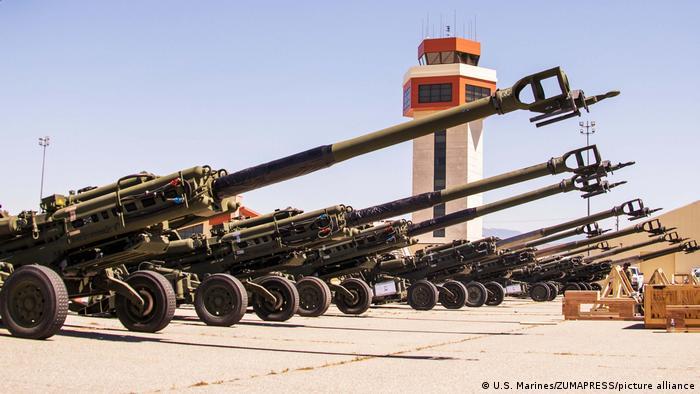
The fight over Ukraine's Donbas can only be won with heavy weapons, military experts all agree. Ukraine's allies have so far supplied thousands of weapons and considerable amounts of ammunition to help the besieged nation stand up to Russia, which possesses far greater military capabilities than Ukraine. If military aid for Ukraine dries up, the nation would lose the ability to defend itself.
NATO, meanwhile, does not want to risk provoking war with Russia. Moscow has warned repeatedly that it could interpret Western arms deliveries as a threat to its own security, especially when those weapons could be used to target Russian territory. Ukraine's allies are therefore carefully weighing up which weapons systems they will deliver.
US
In May, US President Joe Biden announced the US would fulfil Kyiv's request to supply mobile rocket launchers. The country will deliver the Multiple Launch Rocket System (MLRS), and the lighter High Mobility Artillery Rocket System (HIMARS).
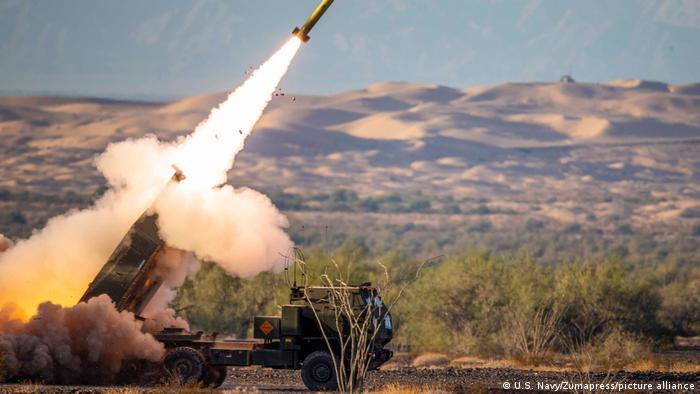
Both mobile platforms can be used to fire various rocket types. Whereas the MLRS is based on tracked vehicles, the HIMARS utilizes an armoured truck design with wheels. While this limits the latter's ability to navigate uneven terrain, it reduces fuel consumption. Weighing a third less than the MLRS, the HIMARS is also easier to transport by plane.
Both systems can fire intermediate-range missiles over hundreds of kilometres. The US government has, however, decided not to supply missiles of this caliber. Instead, Ukraine will be given rockets with a maximum range of 80 kilometres. This, the US says, will suffice to repel Russian attacks on Ukrainian soil. It will also supply anti-artillery radar to Ukraine. The US government says Ukraine has promised not to use these weapons to attack targets on Russian territory.
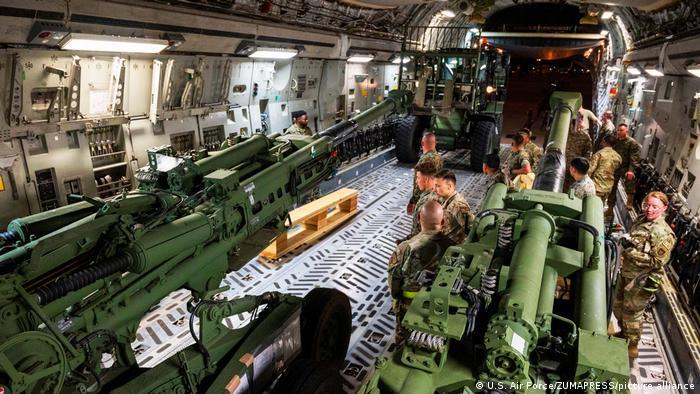
US arms deliveries have made up the lion's share of weapons supplied to Ukraine since the war broke out. Portable Javelin anti-tank missile systems and Stinger anti-aircraft rockets may have played a key role in slowing the Russian invasion in the early days of fighting.
The US and other NATO states have also supplied helicopter gunships and howitzers using NATO-standard 155 mm caliber ammunition to bolster Ukraine's war effort in the Donbas. Further deliveries of this kind have been pledged.
Germany
Ukraine and certain NATO states accuse Germany of foot-dragging over arms deliveries. The German government, meanwhile, says it strictly adheres to NATO agreements. So far, Berlin has delivered thousands of light weapons including rifles, mines, anti-tank rockets, bunker-busting missiles and anti-aircraft missiles, along with millions of rounds of ammunition. Heavy weapons, meanwhile, have not been delivered.
Several weeks ago, the government agreed to give some 50 decommissioned Gepard (cheetah) anti-aircraft tanks and seven Panzerhaubitze 2000 self-propelled howitzers to Ukraine. Unlike howitzers moved by vehicles, these systems can autonomously relocate after every round fired.
German Chancellor Olaf Scholz has now announced Germany will also supply the modern IRIS-T air defence and radar tracking system to Ukraine. In addition, it will deliver four multiple rocket launchers owned by Germany's armed forces, the Bundeswehr.
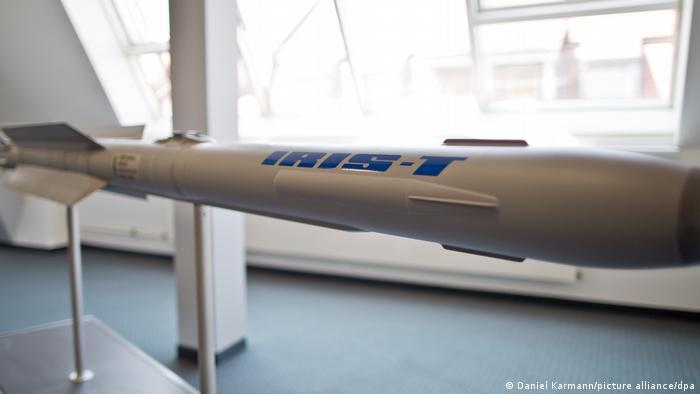
Problematically, Ukrainian soldiers are unfamiliar with most weapons that could be delivered by the West. While simpler arms require only a short training, learning to deploy complex systems like the Gepard anti-aircraft tanks could take weeks or even months, experts say.
Germany, therefore, participates in various arms swaps: It is sending Marder armoured personnel carriers and Leopard 2 battle tanks to the Czech Republic, Slovenia and Greece, who, in turn, are delivering some of their own Soviet-era personnel carriers and tanks to Ukraine.
Denmark
The war in Ukraine is playing out on several fronts. As fighting continues in the Donbas, Russia's Black Sea Fleet continues to blockade and threaten Ukraine's southwestern coast. Ukraine has deployed sea mines to protect coastal cities like Odesa. They are practically the only deterrence against a possible Russian seaborne invasion, as Ukraine does not have a powerful navy.
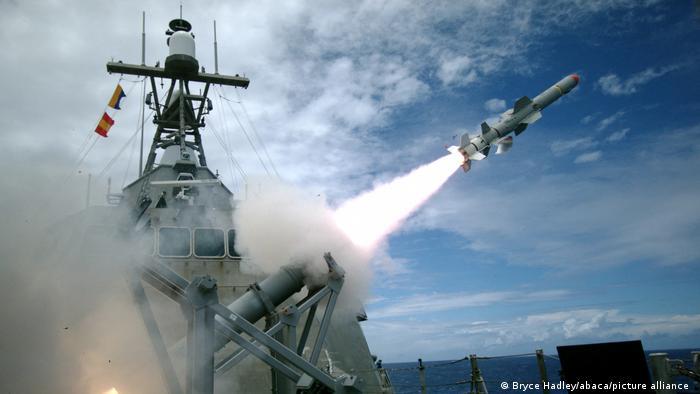
Denmark has promised to send the all-weather Harpoon anti-ship missiles to Ukraine, which would greatly bolster its coastal defences. They may even help break the Russian naval blockade, which has largely cut off Ukraine from the world market.
United Kingdom
The British government says it has supplied a wide range of weapons systems to Ukraine. They include several portable guided systems that, like the Javelin and Stinger missiles, require little training before they can be deployed by infantrymen to target air and ground targets. Heavy missile systems, mounted on vehicles or deployed from the ground, were also given to Ukraine.
James Heappey from the UK's Ministry of Defence announced hundreds of Brimstone-1 missiles will be supplied as well, which can be deployed to attack tanks, artillery positions and lightly armed ships. An additional 120 Mastiff armoured personnel carriers with strong anti-mine protection, as well as smaller transport drones, will be handed over too. The latter can be deployed to shuttle food and ammunition to the front.
Czech Republic
The Czech Republic is thought to have moved an unknown number of Soviet-era personnel carriers, battle tanks, multiple rocket launchers, howitzers and possibly also helicopter gunships to Ukraine. Apparently, further delivery of heavy weaponry is planned. In May, Czech Defense Minister Jana Cernochova said continuity was key.
Other states
Several states including Canada, Italy, Greece, Norway and Poland are reportedly planning to move 155 mm artillery systems to Ukraine along with thousands of shells. The Netherlands, like Germany, intends to supply Panzerhaubitze 2000 artillery systems.
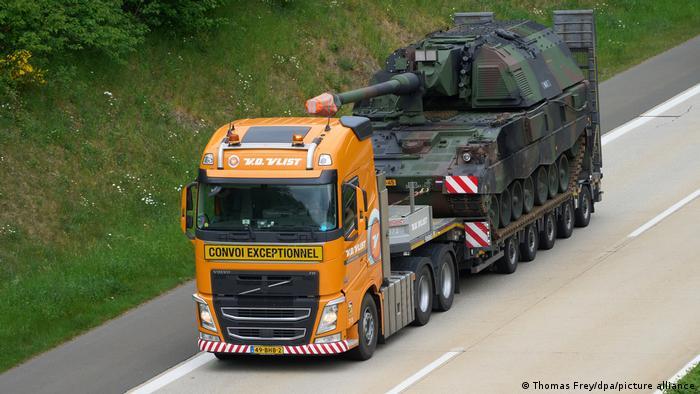
The NATO-standard towed M777 howitzer and Panzerhaubitze 2000 can fire a range of munitions, from fragmentation, smoke, and flares to conventional explosive shells. While the M777 system has a range of 25 kilometres (15.5 miles), Panzerhaubitze 2000s can hit targets up to 40 kilometres away, due to special propelling charges used in its munitions.








